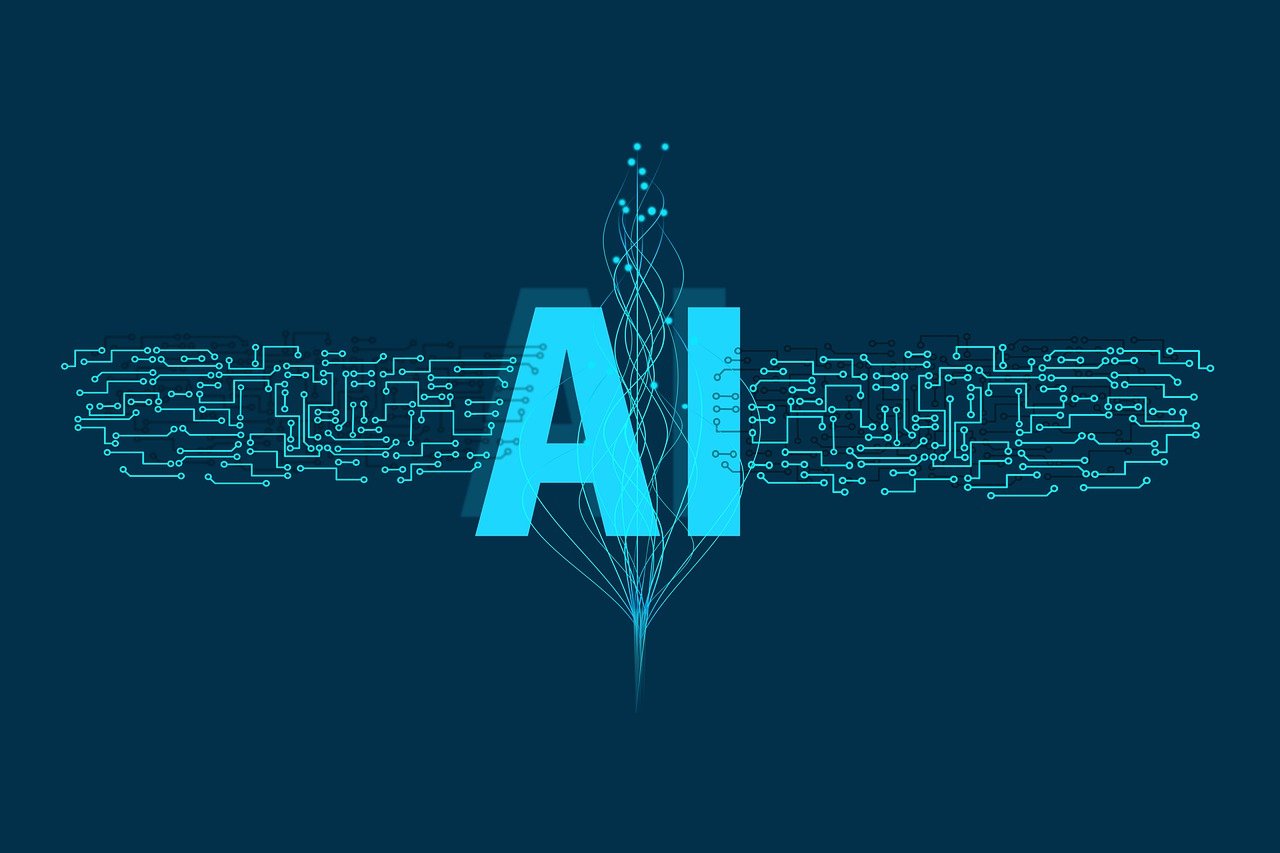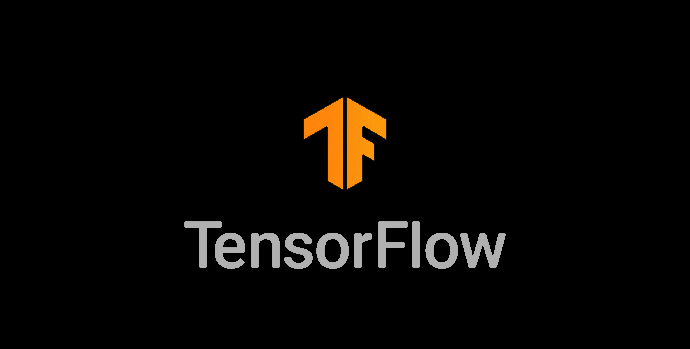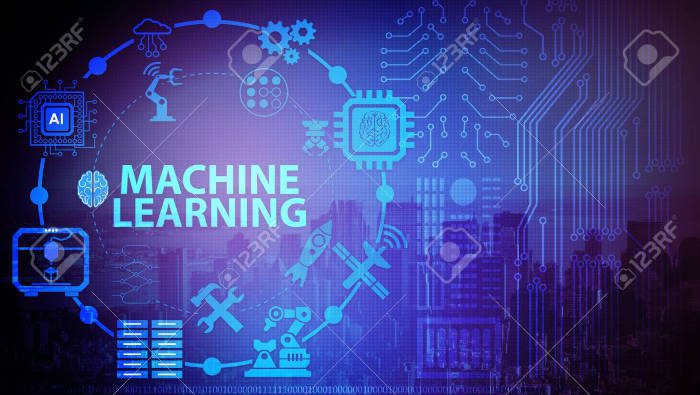Description
Introduction
Microsoft Azure provides a robust AI ecosystem, including Machine Learning Studio, to help businesses build, train, and deploy machine learning models efficiently. This training covers fundamental AI concepts, Azure Machine Learning services, and hands-on experience with Azure Machine Learning Studio to create AI-powered solutions.
Prerequisites
- Basic understanding of cloud computing concepts
- Familiarity with fundamental AI and machine learning principles
- No prior coding experience required, but knowledge of Python is beneficial
Table of Contents
-
Introduction to AI and Machine Learning
1.1 Understanding Artificial Intelligence and Machine Learning
1.2 Supervised vs. Unsupervised Learning
1.3 AI Applications in Various Industries -
Overview of Microsoft Azure AI Services
2.1 Introduction to Azure AI and Machine Learning Services
2.2 Exploring Azure Cognitive Services
2.3 Understanding Azure Machine Learning Studio -
Getting Started with Azure Machine Learning Studio
3.1 Creating an Azure Machine Learning Workspace
3.2 Navigating the Azure ML Studio Interface
3.3 Setting Up Data Sources for Machine Learning -
Data Preparation and Processing
4.1 Importing and Cleaning Data in Azure ML Studio
4.2 Feature Engineering and Data Transformation
4.3 Splitting Data for Training and Testing -
Building and Training Machine Learning Models
5.1 Selecting Machine Learning Algorithms in Azure ML Studio
5.2 Configuring Model Parameters and Training the Model
5.3 Evaluating Model Performance and Accuracy -
Deploying and Managing Machine Learning Models
6.1 Registering and Deploying Models in Azure(Ref: Microsoft Azure Data Fundamentals: A Comprehensive Introduction to Cloud Data Services)
6.2 Creating Web Services for Model Predictions
6.3 Monitoring and Managing Model Performance -
Automated Machine Learning (AutoML) in Azure
7.1 Introduction to Automated ML
7.2 Running AutoML Experiments in Azure ML Studio
7.3 Comparing AutoML with Manual Model Training -
Integrating Azure AI with Other Services
8.1 Connecting Azure AI Models with Power BI
8.2 Using Azure AI with IoT and Edge Computing
8.3 Leveraging AI for Business Applications -
Security, Compliance, and Responsible AI in Azure
9.1 Understanding AI Ethics and Responsible AI Practices
9.2 Securing AI Workloads in Azure
9.3 Compliance Standards for AI Solutions -
Future Trends in Azure AI and Machine Learning
10.1 Advancements in AI and Deep Learning on Azure
10.2 AI-Powered Automation and Innovation
10.3 Career Opportunities in Azure AI and Machine Learning
Conclusion
This training provides a strong foundation in AI and machine learning using Microsoft Azure. By leveraging Azure Machine Learning Studio, participants will gain practical skills to build, train, and deploy AI models, empowering them to drive intelligent business solutions.







Reviews
There are no reviews yet.